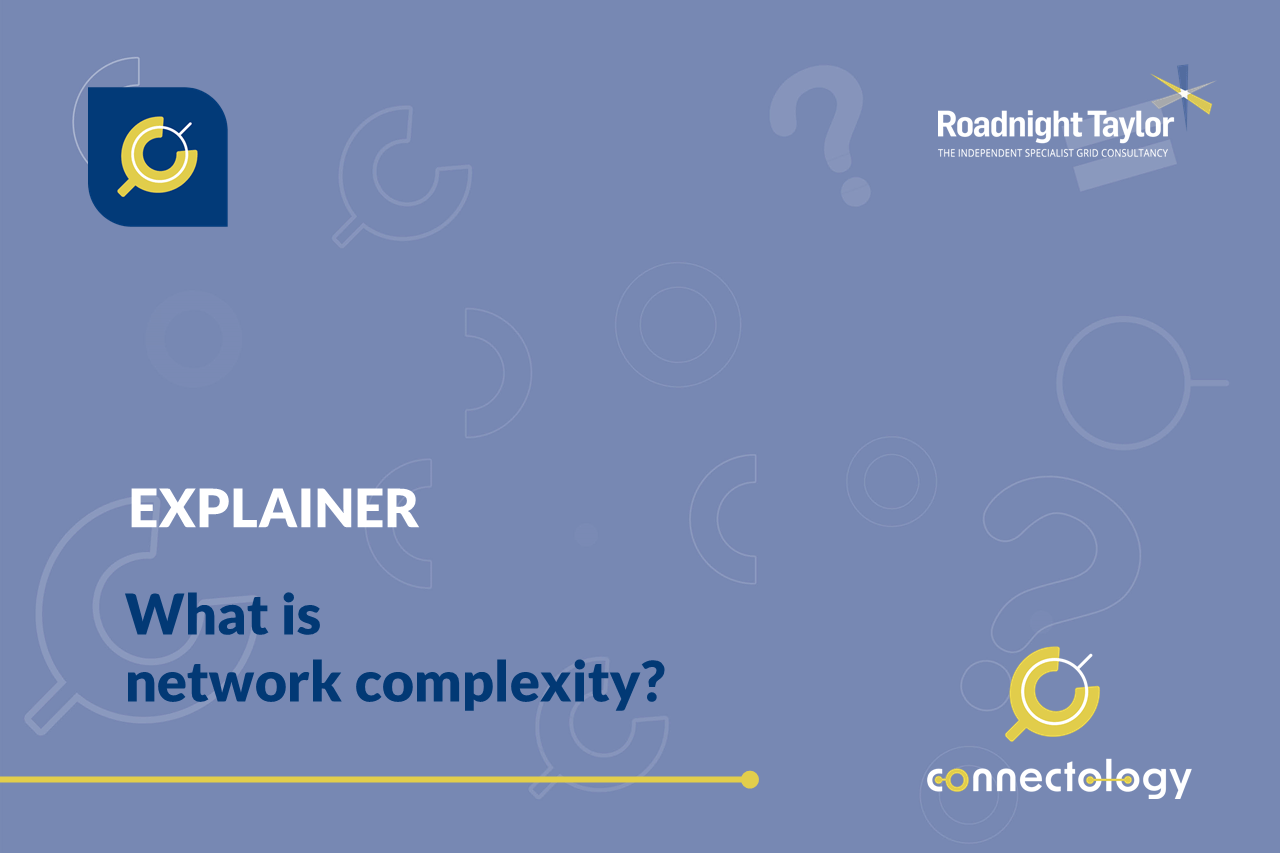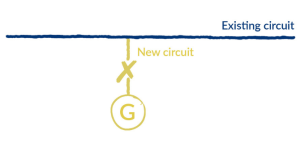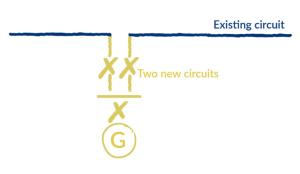What is network complexity?
In electricity distribution and transmission network design, network complexity is the limit to the number of connections (or tee-offs) a circuit can have.
Article by Pete Aston – acknowledged expert in networks
Pete joined Roadnight Taylor from Western Power Distribution, the UK’s largest DNO, where he was Primary System Design Manager. He led a team of sixty responsible for all connections and reinforcement of the extra high voltage network and oversight of the roll out of active network management across all four of WPD’s licence areas.
First written: 1st April, 2022. Last review: 18 June, 2025

Grid companies have described network complexity by defining the number of ends and addresses on a circuit. The addresses are the number of substations or sites an individual circuit connects to, and the ends are the number of circuit breakers that need to operate if there is a short-circuit (as sometimes there can be more than one circuit breaker controlling a circuit in a substation).
For example, whilst grid companies each have their own network complexity policies, 132kV circuits will often have a limit of four addresses (substations) and seven ends (circuit breakers). Some grid companies also apply this same four addresses and seven ends rule to 33kV and 66kV networks.
What is the impact of network complexity limits on connections
The impact of network complexity limits on connection feasibility is that a tee-off may not be feasible on a part of the network at its limit for ends. This adds the requirement for, and cost of, a looped connection and associated switchgear. And, where the limit of addresses has also been reached, even a looped connection into that circuit will be unviable.
What is a looped connection?
A looped connection, sometimes referred to as a loop-in loop-out connection, provides a connection to a single circuit, but with added flexibility for the network company (and sometimes for the customer as well). Instead of a single new circuit connecting the site to the existing circuit (i.e. a tee- off, see figure 1 below), a looped connection takes two new circuits from the site up to the existing circuit. The existing circuit is effectively cut in two, such that both sides of the existing circuit are turned into, or looped into, the new site (see figure 2).
The disadvantage of a looped connection is that it requires two new circuits to be laid and additional switchgear (circuit breakers) on the site. The network company may also have an enhanced requirement for a communications circuit (such as fibre) to facilitate a different type of network protection scheme.
The advantage is that its sometimes allows for a site to feed out in either direction during network outages.
How can Roadnight Taylor help?
Roadnight Taylor can help you understand the impact of network complexity on your proposed grid connection.









